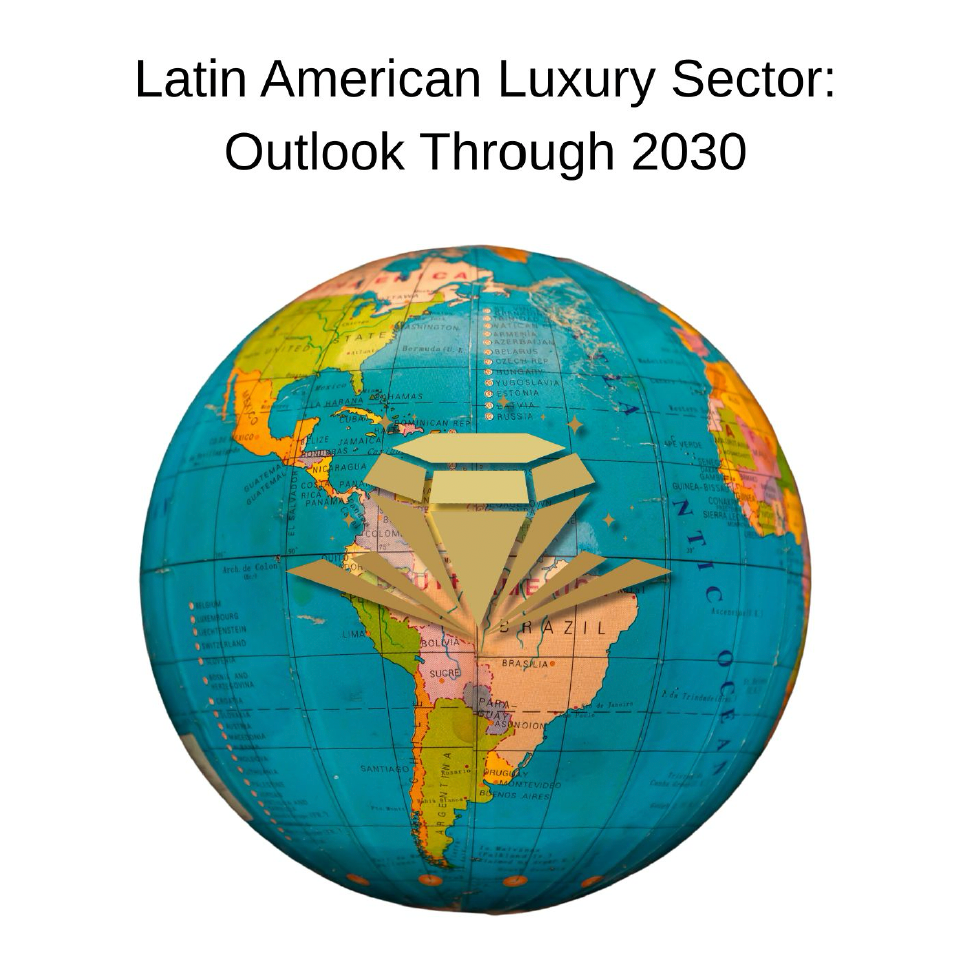Description
In this report, we provide a comprehensive analysis of Latin America’s luxury sector through 2030. We examine key product categories (from fashion and jewelry to real estate and experiences), perform a country-by-country analysis (focusing on Mexico, Brazil, Colombia, Chile, Argentina, and other emerging markets), and assess the competitive landscape (global luxury maisons versus local players). We also profile the Latin American luxury consumer – their demographics, behaviors, and cultural influences – and review the distribution channels that are shaping how luxury is bought and sold (including brick-and-mortar boutiques and the rise of e-commerce). Key trends and disruptions are discussed, such as digitalization, personalization, sustainability, the impact of AI, shifting mobility trends (e.g. electric vehicles), and evolving social and cultural attitudes. Finally, we present a growth outlook with market data (sales volumes, forecasts, and segmentations by category and country) and outline the strategic opportunities and challenges that luxury brands face in this region. Throughout, the focus is on Latin America’s specific context, backed by current data and reliable sources.
INDEX
- Introduction and Market Overview
- Key Product Categories in Latin American Luxury
1 Fashion and Accessories
2.2 Jewelry and Watches
2.3 Luxury Automobiles
2.4 High-End Real Estate
2.5 Experiences: Travel, Hospitality and Gastronomy
2.6 Premium Cosmetics and Fragrances
2.7 Art and Collectibles - Country-Level Analysis
1 Mexico
3.2 Brazil
3.3 Colombia
3.4 Chile
3.5 Argentina
3.6 Emerging Markets (Peru, Panama, and Others) - Competition: Global Luxury Brands vs. Local Players
- Profile of the Latin American Luxury Consumer
1 Demographics and Socioeconomic Status
5.2 Purchase Behavior and Preferences
5.3 Digital and Cultural Influences - Distribution Channels and Retail Dynamics
1 Brick-and-Mortar Retail
6.2 E-Commerce and Online Marketplaces
6.3 Private Sales and Duty-Free Channels
6.4 Distribution Challenges and Innovations - Trends and Disruptions Shaping the Sector
1 Digitalization and Tech Innovation
7.2 Personalization and Experiential Luxury
7.3 Sustainability and Ethical Luxury
7.4 Changing Mobility and Luxury Auto Trends
7.5 Cultural and Social Shifts
7.6 Economic and Political Disruptions - Growth Outlook and Market Projections
1 Market Size and CAGR
8.2 Segment Breakdown by Category
8.3 Country-Level Forecasts
8.4 Drivers and Risks - Strategic Opportunities and Challenges for Luxury Brands
1 Key Strategic Opportunities
9.2 Main Operational and Market Challenges - Conclusion
Discover more from LUXONOMY
Subscribe to get the latest posts sent to your email.
















